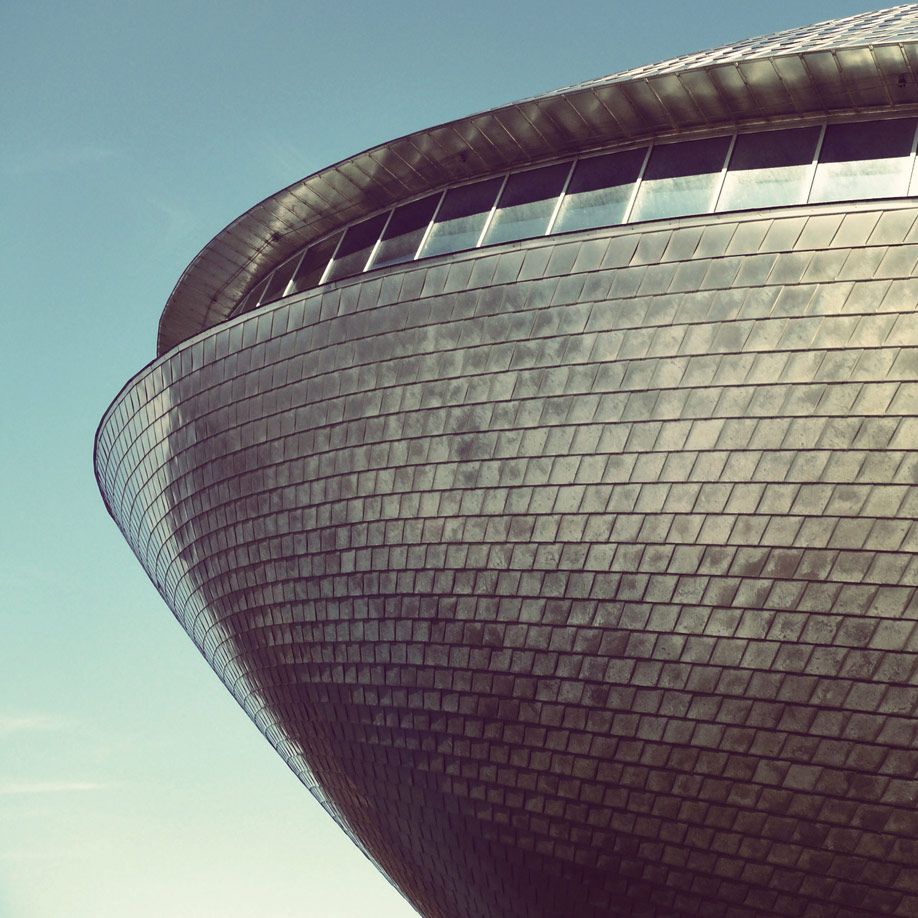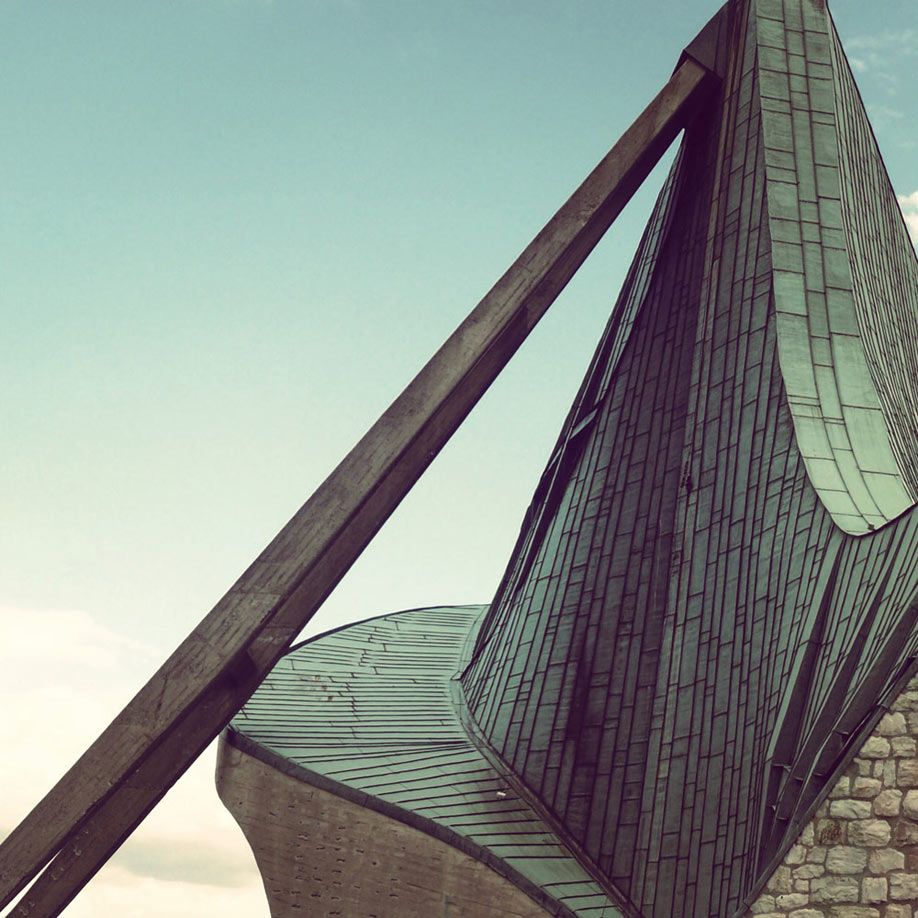It is always exciting and full of surprises to come across one of my chosen buildings for the first time, just like a first meeting with an unknown person. Lots of questions go through my mind in the last few moments: How is it going to feel when we are confronted with each other? Will we be able to have a conversation with each other, what secrets is it going to reveal to me, and what surprises does the meeting have in store? Will it match my hopes, expectations, imaginations, or will the time together be a disappointment without the desired motives?
I am going to take the risk and come straight out with it: I believe that architectural photography is altogether more involved than, for example, photographing people, landscapes or street scenes. From talking to other architectural photographers I know that for them, too, the preparation phase is just as important as the actual shooting itself.
For a long time now I have been preparing conscientiously for my photo tours – which doesn’t mean that I don’t randomly discover and spontaneously photograph interesting objects in my close environment. However, if I am traveling to another city for a few days to take photos there, I diligently research potentially exciting buildings beforehand. This is important, because it enables me to make use of the available time as efficiently as possible.
When preparing, the most important criteria and information for me are:
– the exact location including the complete address
– its orientation, so that I arrive at the object at the right time of day and can avoid a backlit shot
– the building situation, to ascertain, among other things, whether there is currently scaffolding around the object, or whether it is being renovated, or whether there is building activity in the neighborhood which might mean that building cranes or machines could be in the picture
– the suitability of the motive for publication on Instagram, because not every photo can unfold its aesthetics on a smartphone’s small display screen, whereas in a larger format it might have a very impressive effect on the viewer
– and finally the weather, because I work exclusively in the open air, this point is essential for my work – and accordingly, I regularly check the weather forecasts
Apart from that it is naturally also relevant whether the building is situated on a public space or on private property. At least for Germany, the regulations pertaining to the so-called “freedom of panorama”” are applicable here. They stipulate that it is permissible to take photos outside and to use them without the approval of the creator or architect, as long as the photos are taken from public streets or squares. If this is not the case, one needs to obtain the respective permission from the architect or operators of the object. I have had to delete photos from my camera under the watchful eyes of security staff several times already, because I did not have an official authorization to photograph, for example, buildings on the premises of a company. Therefore, to avoid frustration and trouble, I recommend that you check beforehand whether you can take photos there without any further issues. Unfortunately, I don’t know how this matter is regulated outside of Germany.
Even when I take all these issues into consideration beforehand and use the available services on the internet to answer them, there are always surprises. A recent exampled: At the beginning of the year I spent a few days in Berlin and wanted to use the opportunity to look at new buildings with which I was as yet unfamiliar, among them St Canaisius Church near the lake Lietzensee, of which I had seen impressive pictures on the web. In the end I needed three days to make a few photos. On the first day a young couple was married there, on the second there was a community celebration, and on the third day it finally worked out.
I use various architectural directories and web services, among them MIMOA.eu, a very current and comprehensive architectural directory, different Tumblr blogs, Twitter, Panoramio, flickr, Instagram as well as map service providers like Google Maps, to research the buildings. I enter the researched information into my lists and then put together the most favorable routes through the respective city. Normally the tours provide unplanned photo sessions with buildings that weren’t on my lists, because they weren’t mentioned in my sources. I’m always delighted to experienced such a spontaneous encounter and unexpected “by-catch”.
As soon as I’ve arrived at the building I make some photographic notes and try to use this as a means to approach my motive. Sometimes this process of getting closer can take quite a bit of time, but this phase is important for my work in order to enter into some sort of dialog with the building. That is the reason that I always do these things on my own: to be able to have this dialog with my motive quietly and without distractions. However, there were situations in the past where I had to find out on location that a motive was unexpectedly not suitable for my photography.
During shooting I take care that no extensive edits of the photos will be necessary before they are published. If necessary I use the Snapseed and VSCOcam apps to fine-tune the saturation, brightness and contrast. Other than that, I exclusively use the Instagram filter “Brannan” to lend a overall consistent look & feel to my feed.
I believe the most important stylistic devices to be noticed by the Instagram community and to grow the number of your followers are consistency, both visually and as far as content is concerned, as well as an exciting dramatic composition and representation of the order of motives within the feed. Great examples for this are the feeds of Janske Kaethoven from Belgium (@janske), Serge Najjar from Lebanon (@serjios), Simone Bramante from Italiy (@brahmino) or K from the USA (@kbasta). I highly esteemed the work of these four photographers, even if in parts they have devoted themselves to completely different topics than architecture.
Sebastian Weiss
Works as a creative thinker in the internet sector and contributes as a photo columnist to AD Architectural Digest Germany.
Instagram: http://instagram.com/le_blanc
EyeEM: http://www.eyeem.com/leblanc
Behance: https://www.behance.net/leblanc
Tumblr: http://leblanccom.tumblr.com
Twitter: http://www.twitter.com/helloleblanc







